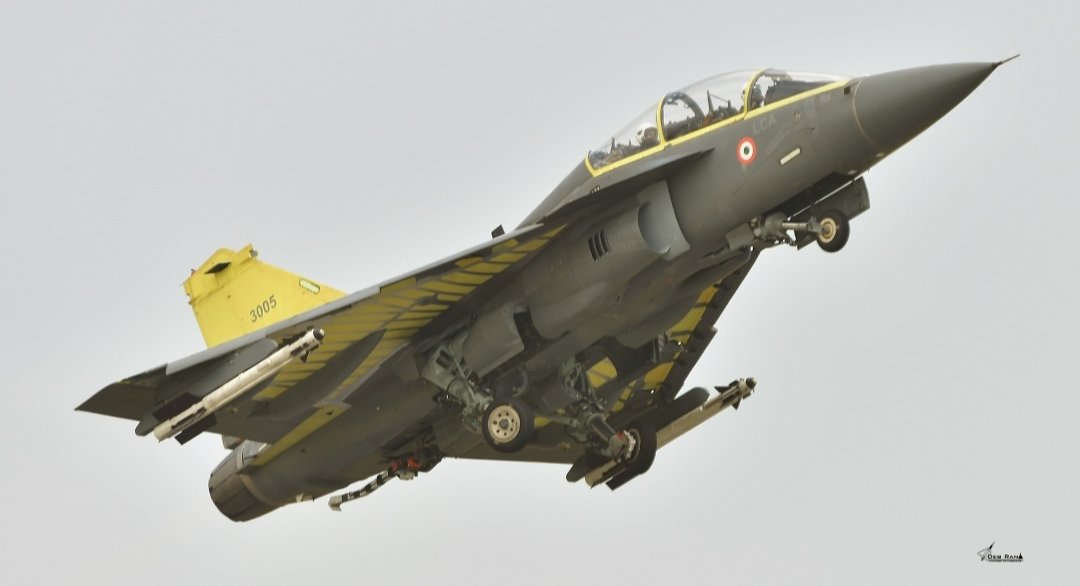SOURCE: RAUNAK KUNDE / NEWS BEAT / IDRW.ORG


In a significant achievement for India’s indigenous defense capabilities, the Naval variant of the Light Combat Aircraft (LCA), designated NP5, successfully completed its maiden flight at the HAL airport. The Defence Research and Development Organisation (DRDO) announced the successful flight, marking a crucial step forward in the development of the LCA naval trainer and its potential role in the upcoming Twin Engine Deck-Based Fighter (TEDBF) program of the Indian Navy.
The NP5 prototype took to the skies under the skillful piloting of Captain Amit Kawade (Indian Navy) in the cockpit, with Wing Commander Siddarth Singh (Retired) accompanying in the rear. The aircraft remained airborne for a duration of 57 minutes, during which all parameters were reported to be normal.
The NP5 prototype holds significant importance in the overall development of the TEDBF program, a futuristic endeavor aimed at bolstering India’s naval aviation capabilities. The prototype will serve as a vital testbed aircraft, facilitating critical off-nominal landing trials. These trials will involve simulating various landing scenarios to collect essential data on the stress points experienced by the landing gears. This data will play a pivotal role in refining and optimizing the design of robust and reliable landing gears for the TEDBF aircraft, ensuring their safety and effectiveness during demanding carrier-based operations.
The Aeronautical Development Agency (ADA), in collaboration with the Indian Navy, has been actively engaged in discussions regarding the production of eight LCA-Navy Trainer aircraft. These trainers are envisaged to play a crucial role in training the next generation of fighter pilots, preparing them to operate advanced aircraft such as the Mig-29K, Rafale M, and the future TEDBF fighters.
NOTE : Article cannot be reproduced without written permission of idrw.org in any form even for YouTube Videos to avoid Copy right strikes